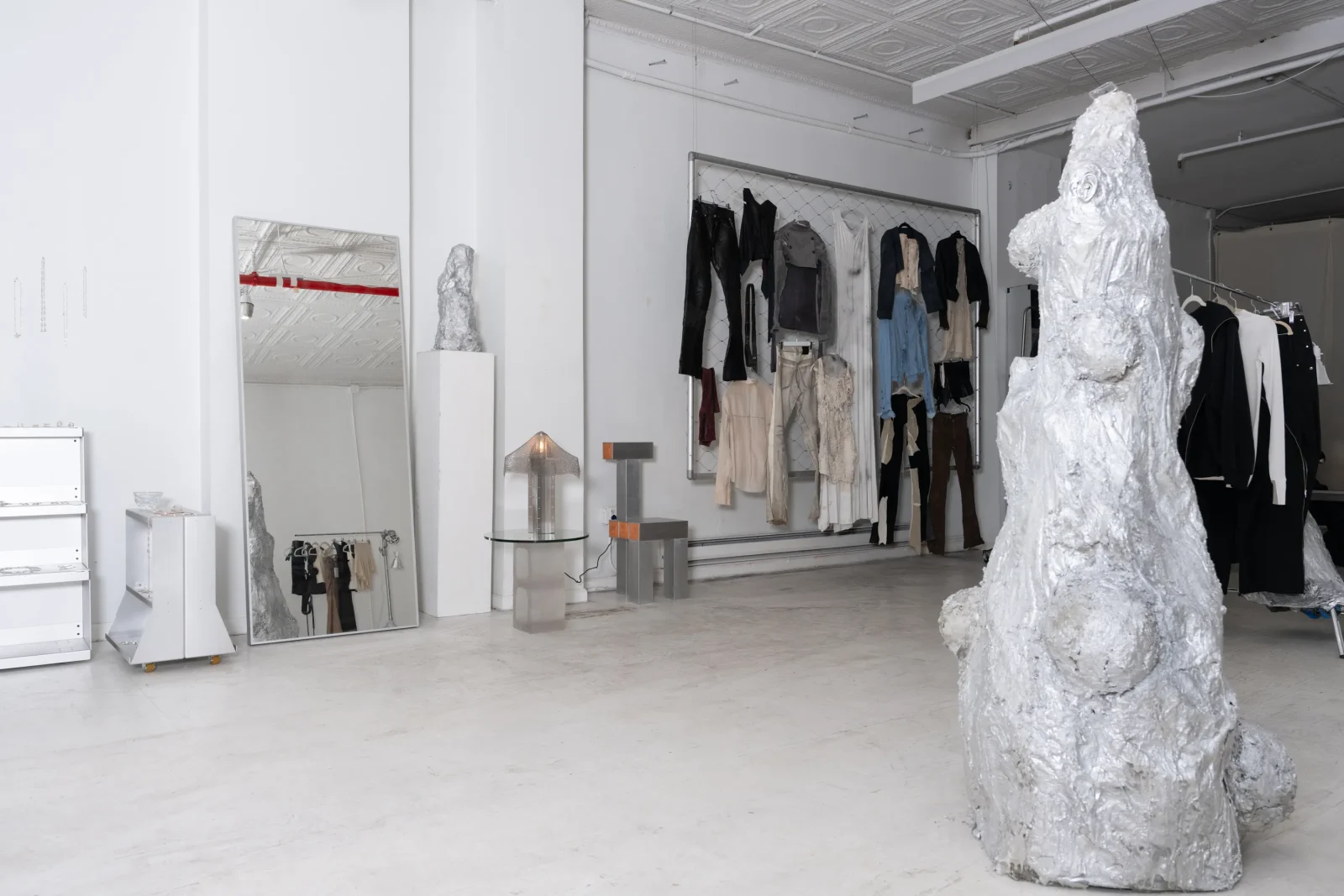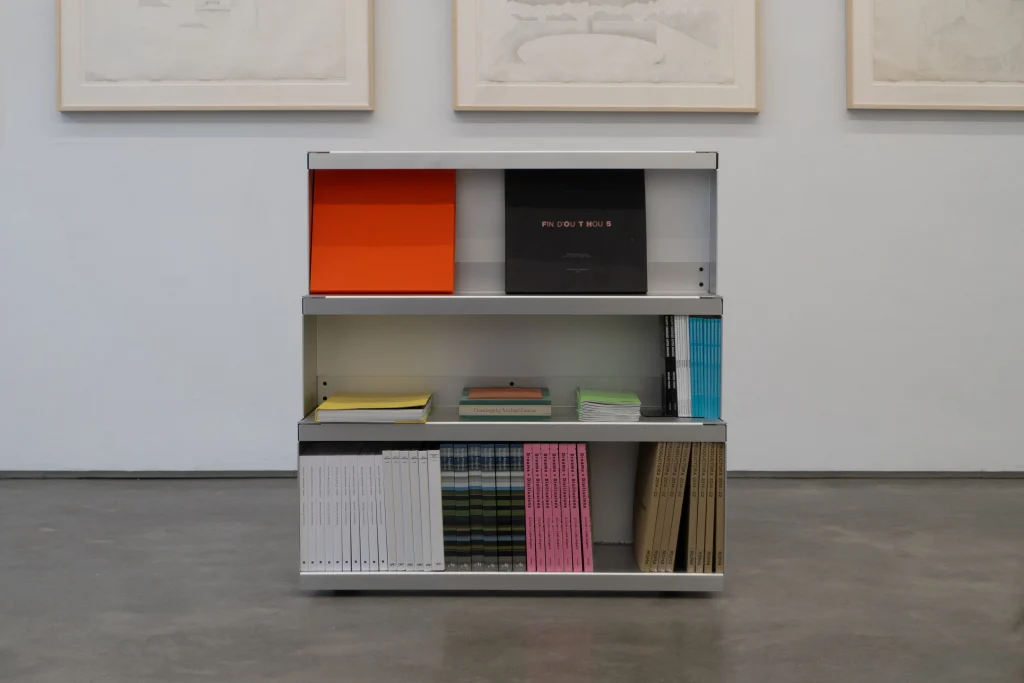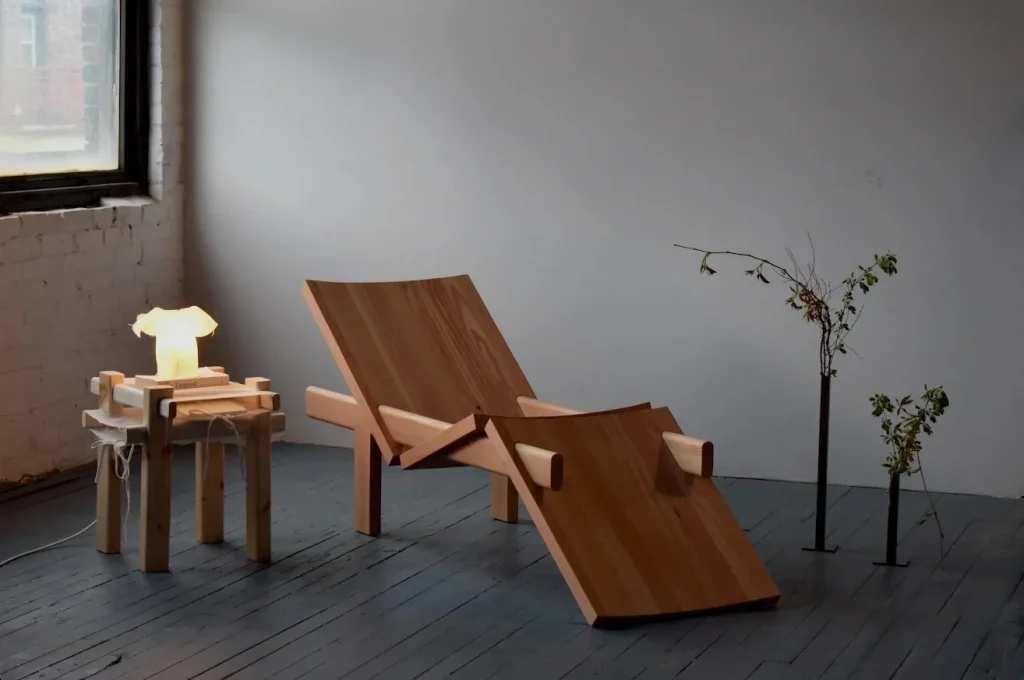
Mexico & the Nordics: Through the Lens of Four Elements of Contemporary Design
Adorno is pleased to announce the opening of its new exhibition entitled “Mexico & the Nordics: A Meditation on Individuality in Craft, Tradition, & Modernism”, opening 23 January 2020 at Klosterstræde 20. It has been organised in collaboration with the Mexican Embassy in Copenhagen and juxtaposes the distinct identities of these two geographically distant cultural regions to investigate the preservation of cultural authenticity in an era of increasing mass-production and a globalised design market.
We approach this exhibition through the lens of four elements of contemporary design: craft, tradition, individuality, and modernism. These threads can be followed through each of the featured design scenes, with designers finding their own voices amongst previously established identities.
In Mexico, a country of vast and diverse cultural traditions, a community of designers works to preserve their authentic stories and voices while trailblazing in the areas of natural material use, ancestral forms, and social participation in design. Comparatively, today’s Nordic designers push the boundaries of material, social, and environmental concerns and address their personal identities in an environment shrouded by the legacy of its mid-century modern masters. Ultimately, designers across these regions work to address the main issues facing our society today, from material innovation to responsible consumption, preservation of craft tradition to pushing experimental aesthetics.
Craft


The notion of “craft” often sparks images of busy artist studios, hands skilfully working material – finessing edges, encouraging shapes, applying colour – ultimately producing objects which can speak for themselves. As approached by these designers, craft takes many forms – ceramic, glass-work, metalwork. They perpetuate age-old techniques and experiment with innovative materials to create objects which illustrate personal design philosophies. Across countries, individuality is sought out through colour, texture, and the use of new techniques – each standing out to both define and defy traditional approaches to their craft.
In line with the larger Mexican design scene, the work of Estudio Pomelo demonstrates a reverence for past traditions and artisanal techniques as well as a view toward contemporary aesthetics. Developed with reference to the limits of a cube, “‘Margarita’ Vase” is a study of material, space, and form, crafted by hand by local artisans using traditional techniques and, ultimately, creating an object which refers directly to its craft heritage. In a similar exploration of form and material, Norwegian designer Kim Thomé investigates the possibilities of glass in “‘Panes’ Vase“, creating a piece which reveals different reflected colours depending on the viewer’s perspective. Additionally, Finnish designer Veera Kulju‘s sculpture “Queen of the Dessert” uses an unusual combination of materials – ceramic and popcorn – to provide viewers with a textured and tactile surface which is both masterful in ceramic technique and innovative in process. Both Thomé and Kulju reflect their respective design scenes through their reinterpretation of craft and personal examination of the possibilities of materials.






The notion of experimentation also plays a large role in Danish designer Troels Flensted‘s “Perception – Floor“. Here, Flensted’s stainless steel mirrors are altered to present the viewer with an alternative and skewed perspective, investigating the limits of his chosen material and alluding to the innovation of materials currently present in the Danish design scene. Finally, referencing the tradition of pattern, colour, and craftsmanship prominent in her home country, Mexican designer Perla Valtierra presents “Royal Quetzalcoatl“, referring to the Aztec feathered, serpent god, which make use of recovery moulds from the Royal Boch manufacture in Belgium. In combining the historical Belgian design with a mixture of bright, blue-toned colours, highlighting the textured pattern of the mould and referencing the colours of Quetzalcoatl himself, Valtierra visually aligns the pieces with the Mexican design scene and Aztec heritage while also making reference to physical aesthetics from abroad.


Tradition


As stated by Aldo Alvarez-Tostado of Piedrafuego, “tradition should not be treated as static. Many expressions we consider customary, or even outdated, were once revolutionary”. Each of the designers represented here speak directly to this notion through their integration of both traditional and contemporary forms – the objects become dynamic in their play between what was, what is, and what will be. Some make reference to culturally significant patterns and forms, while others make use of well-established materials and techniques. In each case, they take on an individuality through their shifting of tradition, while also maintaining a connection to that which has come before them.
Inspired by the pre-Columbian tradition of tzompantli walls, which were covered in either carved or real skulls, Mexican design studio Piedrafuego’s “Large ‘Pantli’ Planter” speaks directly to this element. The piece makes use of recognisable patterns to take on an identity of heritage while simultaneously creating an altered viewpoint through its functional form. As a studio, Piedrafuego creates a space in which the traditional and the contemporary come together, allowing for a continuation of technique and an outlook to future uses. This combination is also evident in the work of Icelandic designer Ragna Ragnarsdottir, whose practice plays between traditional form and contemporary innovation. Ragnarsdottir’s “Coral Vase” explores the process of production, created through layers of acrylic resin to create an object which can be viewed a number of different ways. Although the Icelandic design scene is relatively new, the mixture of colours, textures, and eye-catching form can be connected to the country’s mountainous landscape or historic folk tales, creating a visual connection with its artistic tradition.




Swedish designer Åsa Jungnelius and Danish designer Stine Mikkelsen both explore the possibilities of form through their chosen medium – Jungnelius through glass and Mikkelsen through composite marble, volcanic ash, and fish glue. Jungnelius’s “‘Lampett’ Candle Holder 3” portrays the ongoing shift of identity prominent in the Swedish design scene and its rejection of the tradition of “Nordic simplicity”. Instead, the series of glass-blown objects catches the viewers eye through bright colours, textures, and an overt commentary on societal views of the body itself.
Working within the innovative tradition her own design scene, Mikkelsen’s “Solid Formations No. 5” approaches the intersection between material and human manipulation. Its rough surface evokes a sense of curiosity, while its minimalist form makes reference to the larger tradition of the Danish design scene. Finally, the “‘Your Skin’ Chair” from Mexican design studio Tributo brings the traditional and the contemporary together through its combination of Japanese-inspired, sensorial aesthetics and artisanal, hand-crafted design. Significantly, their inclusion of handwoven, Oaxacan textile made from recycled plastic connects directly to the theme of tradition, creating a space for both the continuity of artisan craft and the introduction of socially, economically, and environmentally sustainable approaches to design.




Individuality


Individuality in art and design can refer to a number of aspects: approach to design, use of materials or techniques, perhaps even artistic mind space. Does an object reflect an alternative point of view? Does it encourage its audience to reflect? Does it express ingenuity or immediately signify a designers practice? Perhaps individuality refers to an amalgamation of all of these ideas. The artists represented here occupy a number of these notions – they make use of alternative materials or innovative techniques; they break from or counter tradition; they offer the viewer a unique visual experience. In each case, they display a sense of individuality which immediately brings their practice to mind.
Referring to this theme, Studio Kajsa Willner‘s “Polarized Portrait – Rainbow” portrays the Swedish designer’s innovative use of disposable plastic to comment on the state of the environment. Willner’s research approach and collaboration with material scientist Dmytro Orlov speak to the theme of individuality, breaking from more traditional forms of design practice and presenting the viewer with an intensely thought-provoking visual experience. Within his own design scene, Mexican designer Oscar Hagerman‘s simple, ergonomic forms appear to make reference to the Nordic design scene; however, their development and creation by local artisans speaks differently. Hagerman’s “‘Ruiseñor’ Chair” places great focus on the continuity of tradition through highlighting the craftsmanship of artisans and the use of local materials, ultimately championing each aspect of the process of creation.


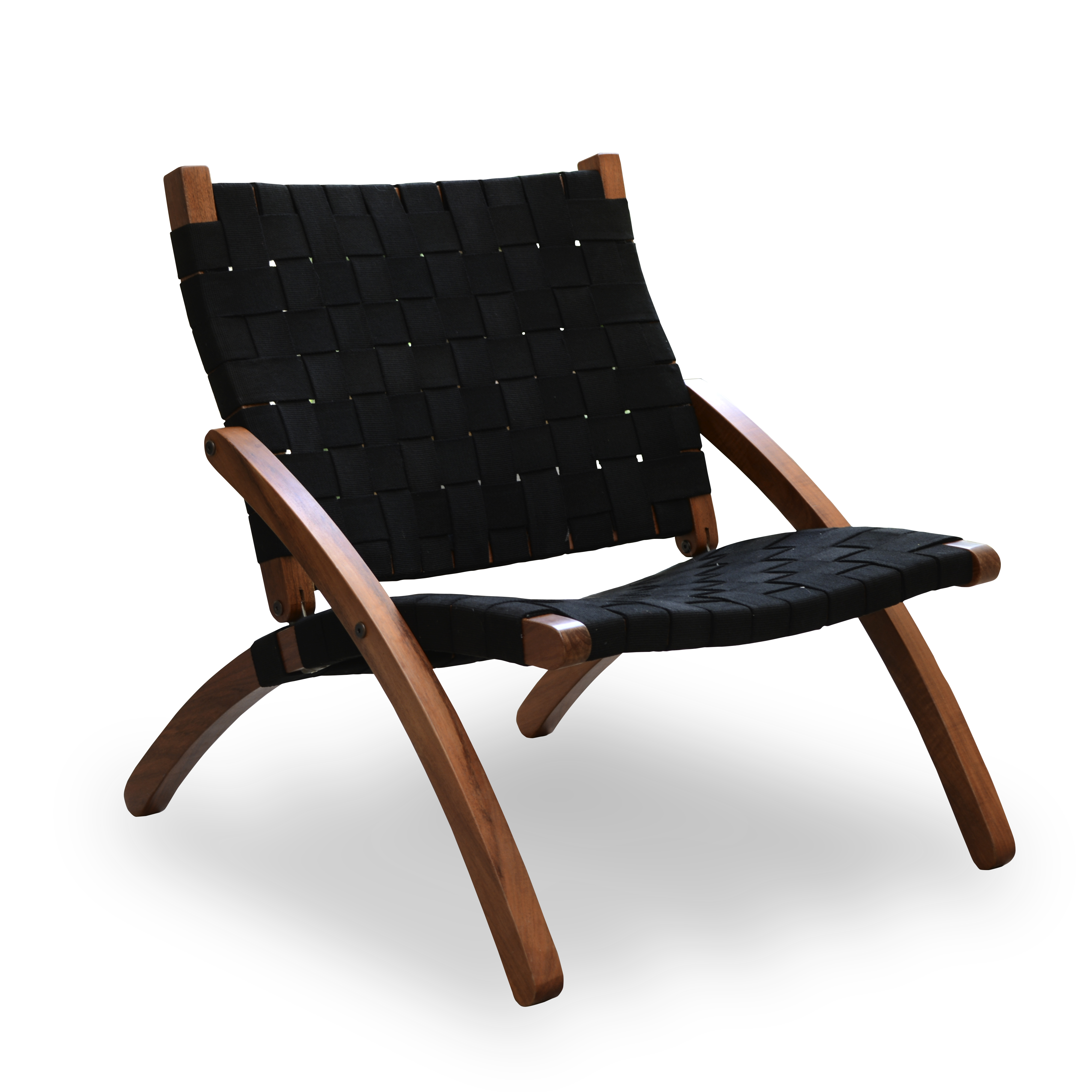

Playing with the material possibilities of iron and concrete in their piece “‘Toucan’ Lamp“, Norwegian design duo Pettersen & Hein create a piece which, visually, appears malleable and soft. This juxtaposition evokes a sense of curiosity and tactility – notions currently present in the Norwegian design scene – and ultimately alters the viewpoint from cold, hard material to intriguing, sensuous object. In a similar manner, Swedish designer Sara Lundkvist‘s “‘Portal’, Mirrors” seek to bring viewers into a new realm, one which the audience can inhabit simply via the act of viewing. Through the medium of glass, Lundkvist investigates the role and significance of material culture in today’s society and her pieces become a query into the ways in which we apply meaning to objects, directly reflecting our individual views and desires back at us.




In terms of individuality in material, Danish designer Jonas Edvard investigates the possibilities of waste materials in his work “Relic Lamp, Ring“. The innovative, moulded combination of wood, metal, and stone dust wastes refers to the emergence of alternative techniques and approaches to design as well as the necessity for a turn towards sustainability. In comparison, Mexican design studio Popdots seeks to master and deeply understand their chosen material – ceramic. Their “‘DIAS EN VELA’ Candleholders” are a prime example of the studio’s approach to material evolution, refined technique, and artistic challenge; the series seeks to investigate the relationship between artisan and craft, evidencing the intense connection that individuals have with their materials.


Modernism


As an artistic movement of the twentieth century, modernism sought to challenge previous ideals and place greater focus on innovation in material and technique. Gone were the traditional focuses and forms; in their place, experiments with abstraction and artistic process. It is within this realm that we interpret this final collection of objects – these designers present us with investigations into new materials, different uses for traditional forms, and experimentation with how objects are created and with whom. Their practices allow for nods to their heritages while also working to shift their audience’s understanding of their particular design scene.
Mexican design studio Ayres MX embodies this element through their reinterpretation of prehistoric and pre-Hispanic forms and work with artisans from across the country. “‘Cozumel’ Long Vessel” portrays one of these reinterpretations, using smooth lines and contrasting, natural colours to reveal the unique craftsmanship of the artisan. It is through each of these pieces that the connection between material, technique, and creator is illuminated, approaching design in a more human and connected manner. In connection to the creation of stories, Danish design duo Artsign question the boundaries of nature and artificiality – can one be found in the other? Can nature itself be recreated through artificial means? “Meadow Block – Side Table” seeks to do just that through its natural colours and stone-like forms. In reality, the duo plays with alternative materials such as recycled mattress, jesmonite, and resin to create pieces which transform themselves before the viewer and encourage a sense of curiosity.


Swedish designer Lotta Lampa‘s experimentation with form and material is evidenced through her work “‘Tjabo Thunder Light’ Floor Lamp“. Her practice works within her design scene, exploring beyond the traditional and pushing the boundaries of “Nordic design”. Here, steel makes reference to the phenomenon of thunder and lightning, creating bold shapes and an altered, yet recognisable, form. The material takes on an element of flexibility and softness, countering the preconceived understandings of the cold, rigid metal. Finally, Mexican design studio Rituales MX create a modernist interpretation of papel picado, an elaborate, paper decorative craft connected with Aztec culture, in their “‘LUCIERNAGA’ Ceiling Lamp“. Although the minimalist design may be interpreted as influenced by Nordic design, the choice of form and inclusion of gold refers greatly to local heritage and contemporary aesthetics.


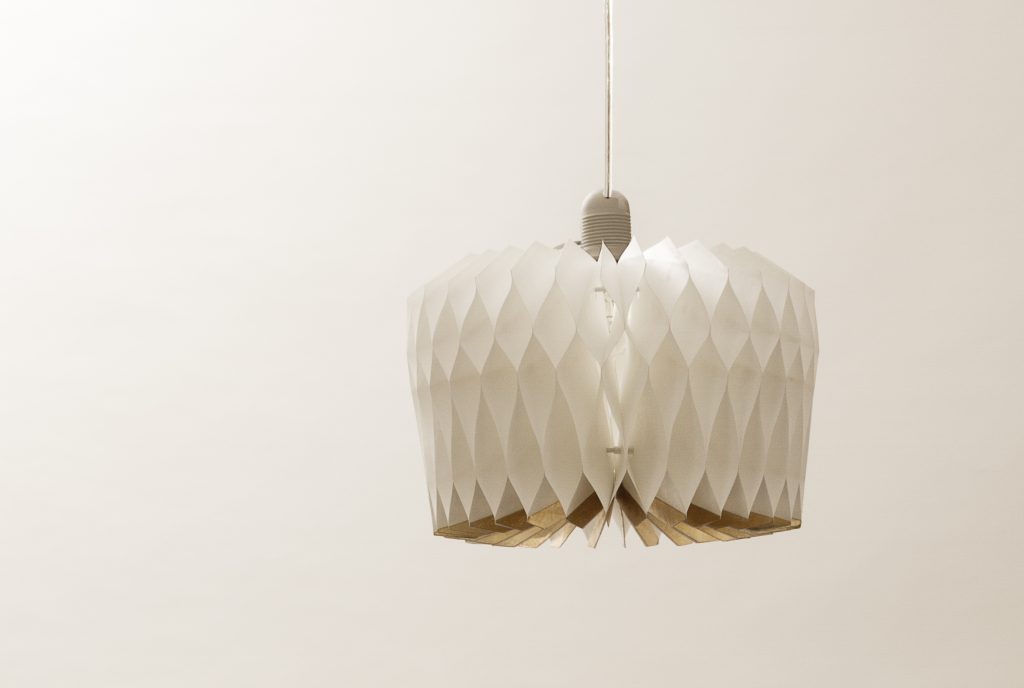

In drawing attention to the themes of craft, tradition, individuality, and modernism in the geographically distinct regions of Mexico and the Nordics, we highlight the inherent individuality and artistic value that exists in each design scene. While mid-century modern, Nordic design has been lauded as the design philosophy, the contributions of contemporary designers, both within the Nordics and abroad, have emphasised a desire to seek out personally significant forms, materials, and techniques to showcase their individual approaches to design. Each designer represented here, as well as their respective design scenes, present audiences with their own histories and understandings of craft, tradition, individuality, and modernism, despite the perceived influence of other scenes – it is in this way that individuality is made manifest in contemporary design.
